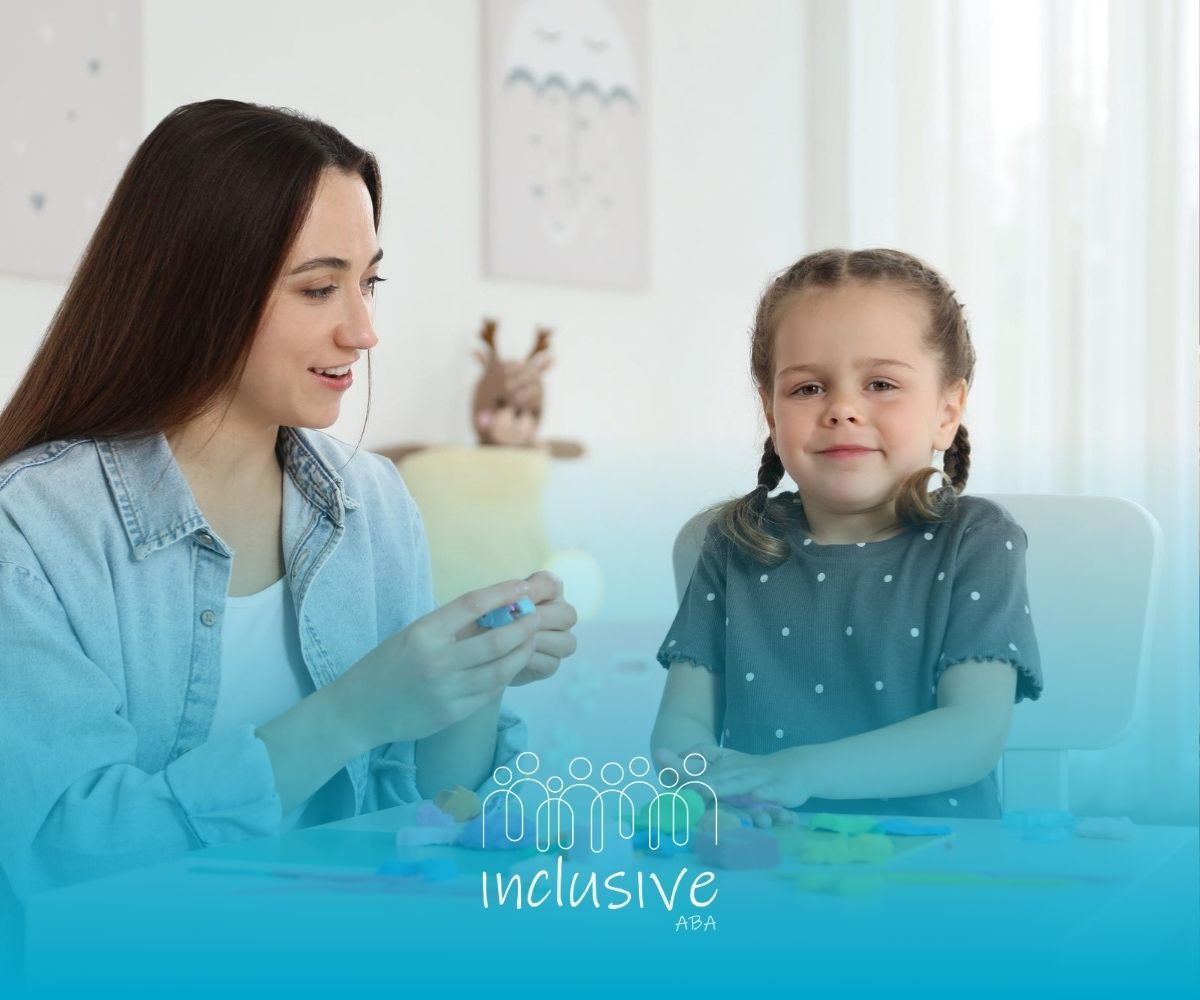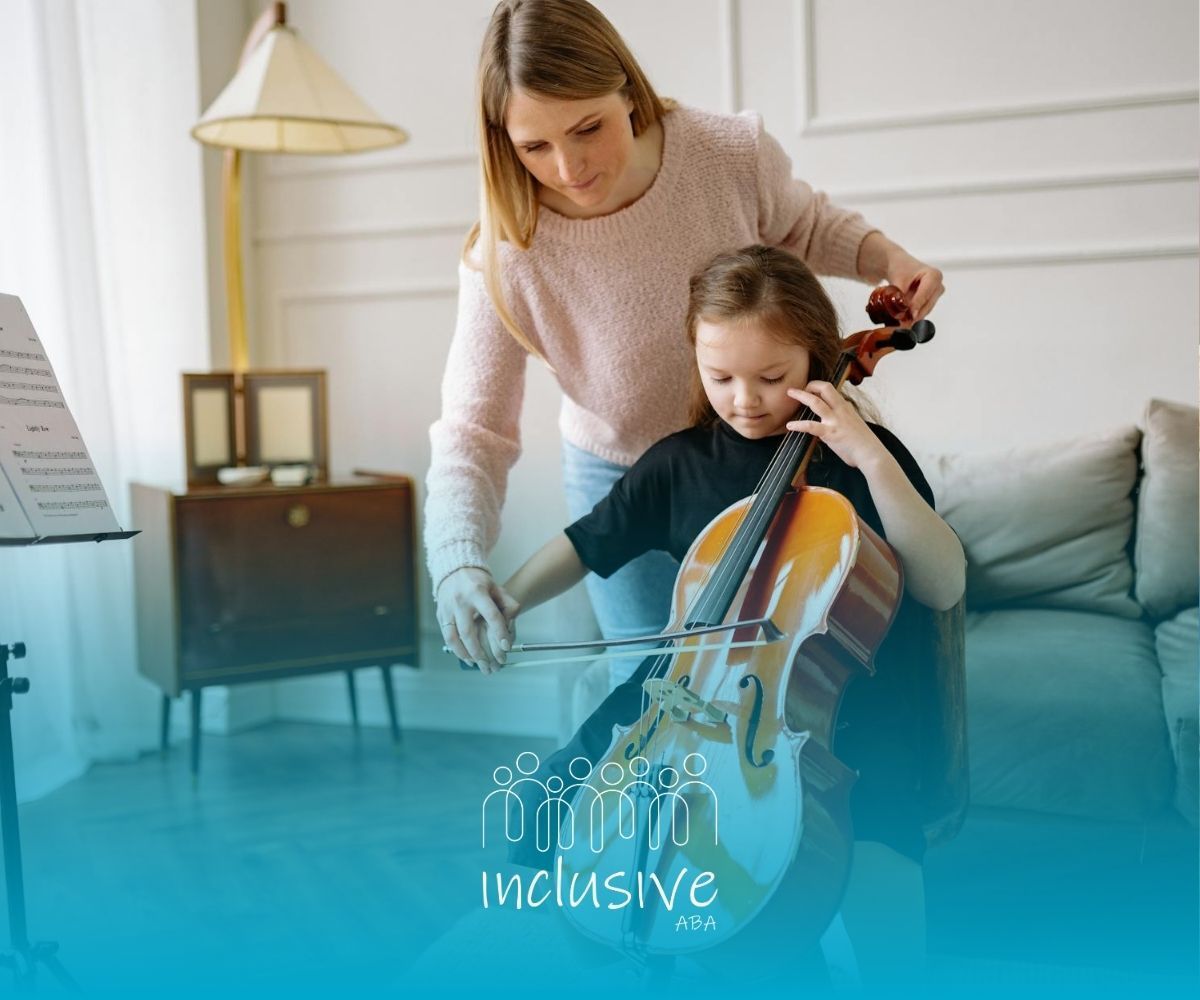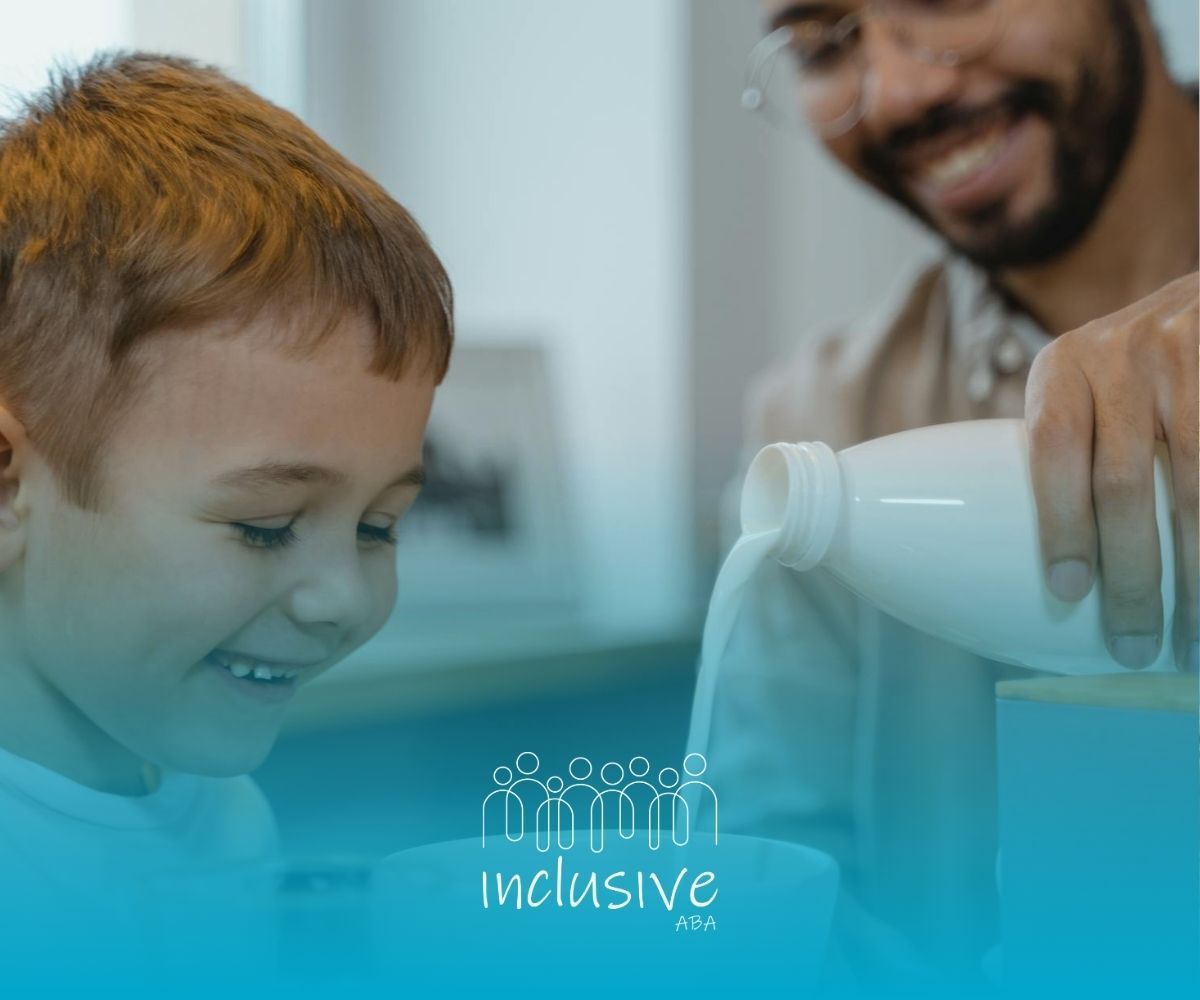
ABA Therapy for Enhancing Social Skills in Children with Autism
Social skills are essential for forming relationships, navigating daily interactions, and developing independence. For children with autism, social interactions can be challenging due to difficulties with communication, understanding social cues, and engaging in reciprocal conversations. Applied Behavior Analysis (ABA) therapy is one of the most effective evidence-based approaches for helping children with autism develop and enhance their social skills.
In this blog, we will explore how ABA therapy works to improve social skills, the key techniques used, and how parents and caregivers can support their child's progress.
The Role of Social Skills in Child Development
Social skills are a fundamental part of a child’s overall development. They enable children to:
- Communicate their needs effectively
- Build friendships and relationships
- Understand and interpret social cues
- Engage in conversations
- Develop emotional awareness and empathy
For children with autism, difficulties in these areas can impact their ability to interact with peers, participate in group activities, and navigate social settings. ABA therapy provides structured and personalized strategies to help them overcome these challenges.
How ABA Therapy Enhances Social Skills
ABA therapy focuses on teaching and reinforcing positive behaviors while reducing challenging ones. The therapy is highly individualized, ensuring that each child receives interventions tailored to their specific needs. Here’s how ABA therapy enhances social skills:
1. Teaching Eye Contact and Joint Attention
Children with autism often struggle with maintaining eye contact or sharing attention with others. ABA therapy introduces structured exercises to encourage:
- Looking at a person when their name is called
- Following another person’s gaze or pointing
- Engaging in shared activities, such as playing with a toy together
By using reinforcement techniques, ABA therapists help children gradually improve these skills in natural social interactions.
2. Encouraging Turn-Taking and Reciprocal Conversations
Turn-taking is a fundamental aspect of communication, whether in conversations or group activities. ABA therapists use:
- Role-playing activities to practice turn-taking
- Social stories to demonstrate expected behaviors
- Visual cues to help children understand when to speak and listen
These techniques help children develop patience and responsiveness during social interactions.
3. Improving Verbal and Non-Verbal Communication
Communication extends beyond just words—it includes gestures, facial expressions, and tone of voice. ABA therapy focuses on:
- Expanding vocabulary and sentence structure
- Teaching alternative communication methods (e.g., PECS, AAC devices) for non-verbal children
- Encouraging appropriate use of body language and expressions
By strengthening both verbal and non-verbal communication, children can express themselves more effectively in social settings.
4. Understanding Emotions and Empathy
Recognizing and responding to emotions is crucial for social interactions. ABA therapy includes:
- Teaching children to identify different emotions through pictures and real-life scenarios
- Practicing appropriate responses to emotions (e.g., comforting a friend who is sad)
- Encouraging self-regulation strategies to manage their own emotions
These exercises help children build emotional intelligence and empathy, which are key for forming meaningful relationships.
5. Enhancing Play Skills and Group Participation
Many children with autism prefer solitary play, making it difficult to engage with peers. ABA therapy helps develop:
- Cooperative play skills (e.g., sharing, taking turns)
- Interactive games that require teamwork
- Strategies for initiating and joining group activities
By practicing these skills in structured therapy sessions, children become more comfortable participating in social play and group environments.
6. Teaching Social Problem-Solving Skills
Children with autism may struggle with resolving conflicts or adapting to social changes. ABA therapy includes:
- Role-playing different social scenarios
- Teaching problem-solving strategies (e.g., asking for help, negotiating, compromising)
- Reinforcing appropriate responses through positive reinforcement
These skills help children navigate real-life social situations with confidence.
ABA Techniques Used to Improve Social Skills
ABA therapy incorporates various evidence-based techniques to support social skill development. Some of the most effective techniques include:
1. Discrete Trial Training (DTT)
- Breaks down social skills into small, teachable steps
- Uses structured, repeated practice to reinforce learning
- Provides immediate reinforcement for correct responses
Example: A therapist teaches a child to say "hello" by modeling the behavior and rewarding the child when they attempt to greet someone.
2. Natural Environment Teaching (NET)
- Encourages social skill development in real-life settings
- Uses natural interactions as teaching moments
- Reinforces skills in a relaxed, engaging environment
Example: Practicing turn-taking while playing a board game with peers.
3. Social Stories and Video Modeling
- Social stories use simple narratives to illustrate social expectations
- Video modeling involves watching videos of appropriate social behaviors and mimicking them
Example: A child watches a video of a peer introducing themselves and then practices the introduction in a therapy session.
4. Peer-Mediated Instruction
- Involves typically developing peers in therapy sessions
- Provides real-world practice with peer interactions
- Helps children with autism learn social behaviors from their peers
Example: A peer joins a therapy session to practice conversational exchanges with the child.
Supporting Social Skills Development at Home
Parents play a crucial role in reinforcing social skills outside of therapy sessions. Here are some ways to support your child’s progress:
- Encourage Playdates: Arrange structured play sessions with peers to practice social interactions.
- Model Social Behavior: Demonstrate appropriate greetings, turn-taking, and problem-solving in daily interactions.
- Use Visual Supports: Social scripts and visual schedules can help children understand expectations.
- Practice Conversations: Engage in back-and-forth conversations, prompting your child to respond appropriately.
- Celebrate Progress: Positive reinforcement, such as praise or rewards, motivates continued improvement.
Final Thoughts
Developing social skills is a gradual process that requires patience, consistency, and support. ABA therapy provides structured and individualized strategies to help children with autism improve their communication, social interactions, and emotional understanding. With the right interventions, children can build meaningful relationships and confidently engage with the world around them.
At Inclusive ABA, we specialize in providing personalized ABA therapy to help children enhance their social skills and reach their full potential. Contact us today to learn how we can support your child’s journey toward stronger social connections.
Frequently Asked Questions
At what age should my child start ABA therapy for social skills?
ABA therapy can be beneficial at any age, but early intervention (as young as 2-3 years old) can lead to better long-term outcomes. However, older children and even teenagers can still benefit from social skills training.
How long does it take for ABA therapy to improve social skills?
Progress varies depending on the child’s needs, consistency of therapy, and reinforcement at home. Some children may show improvement within a few months, while others may require ongoing support over several years.
Can ABA therapy help non-verbal children with social skills?
Yes, ABA therapy incorporates alternative communication methods, such as Picture Exchange Communication Systems (PECS) and Augmentative and Alternative Communication (AAC) devices, to help non-verbal children engage socially.
Sources:
- https://www.autismspeaks.org/applied-behavior-analysis
- https://www.psychiatrist.com/news/why-people-with-autism-have-trouble-making-eye-contact/
- https://online.regiscollege.edu/blog/4-methods-for-increasing-communication-within-applied-behavior-analysis/
- https://pmc.ncbi.nlm.nih.gov/articles/PMC9850869/
- https://www.autism.org.uk/advice-and-guidance/topics/communication/communication-tools/visual-supports
Looking for Expert Help? We're Here for You!
Our compassionate and skilled team is devoted to enhancing your child's development through customized ABA therapy. Let us partner with you to create a supportive environment for your child's success.
Discover how we can help your family thrive with expert ABA therapy.
Send a Fax
303-616-1189
Mon-Fri: 9Am to 5.30 Pm
Sat- Sun: Closed












